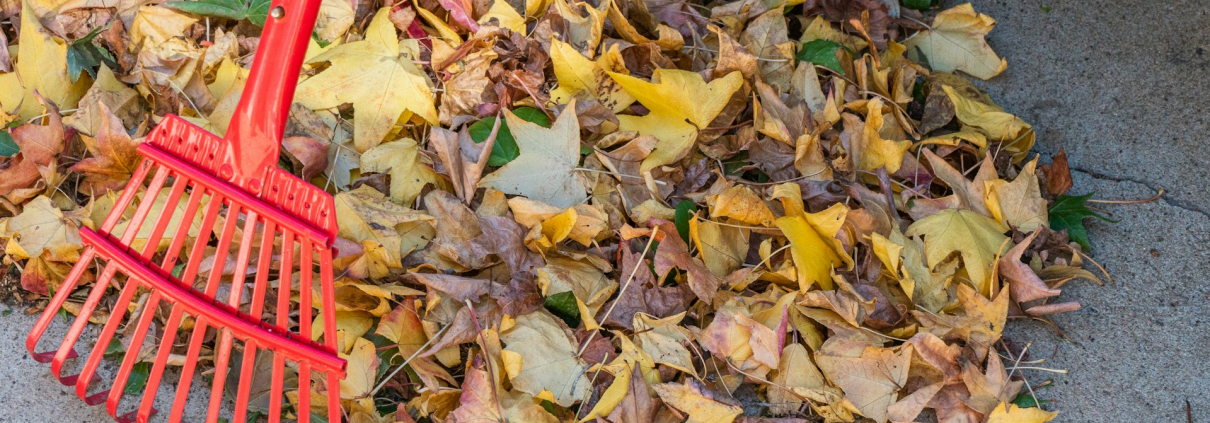How To Manage Leaves And Tree Debris
Managing leaves and tree debris is a key part of tree maintenance that often gets overlooked, especially when spring arrives in Brisbane. As trees begin their renewal cycle, you might notice more leaves and debris accumulating in your garden. Proper management of this debris not only helps keep gardens looking tidy but also supports the health of the trees and the overall ecosystem.
Leaves and tree debris can pile up quickly during spring as frequent breezes might whisk them into unexpected corners. Allowing these piles to linger can lead to issues like blocked drainpipes, reduced airflow to the soil, and undesirable habitats for insects that might harm your trees. Understanding when and how to tackle this debris is an important step in ensuring your outdoor spaces remain both attractive and functional.
Understanding the Challenges of Tree Debris
Managing tree debris is not just about aesthetics; it’s about understanding the types of debris and their potential impact. In Brisbane’s spring, you are likely to encounter various types of debris, such as:
– Leaves: These are the most common, often creating thick mats that can suffocate grass beneath.
– Twigs and Branches: These may fall during rain or wind, posing obstacles for lawn maintenance.
– Fruit and Seeds: Some trees drop large quantities of seeds, creating clutter and even sprouting unwanted seedlings.
Each type of debris brings its own challenges. For instance, leaves might decompose slowly, encouraging mould growth, while fallen branches can damage lawn equipment. Additionally, seed litter can lead to a never-ending cycle of weeding.
The seasonal nature of tree debris means that it often varies in both amount and type, depending on the time of year. As spring progresses, the rate at which debris accumulates can influence how often you need to engage in garden upkeep. Understanding these seasonal changes is crucial for timing your maintenance activities effectively.
Effective Tools and Techniques
Having the right tools can make managing leaves and debris a much easier task. The choice of tools largely depends on the type and amount of debris you are dealing with. Here’s a simple guide to the basic tools that can help:
– Leaf Rake: Ideal for gathering leaves without damaging the grass.
– Garden Shredder: Perfect for breaking down branches and twigs for easier disposal or composting.
– Leaf Blower: Efficient for moving large quantities of leaves into manageable piles.
– Pruning Shears: Useful for trimming small branches before they fall.
When using these tools, it’s beneficial to adopt a step-by-step approach. For instance, begin by using the leaf blower to gather large piles, then switch to the rake for finer cleanup. Follow up by shredding or bagging the debris, ensuring nothing is left to harm your garden beds. Each tool has its role, and mastering their use can save both time and effort, leaving you with a cleaner and healthier garden space.
Best Practices for Leaf Disposal
Once you’ve gathered all the leaves and debris, the next step is disposing of them properly. Eco-friendly methods not only help in reducing waste but also benefit your garden in multiple ways. One effective approach is composting. By turning leaves and organic materials into compost, you create nutrient-rich soil that can improve the health of your garden. This compost can enhance the soil’s ability to retain moisture, which is particularly useful during dry spells.
Here are a few steps to start your composting journey:
1. Select a spot in your garden that’s dry and shaded.
2. Gather brown materials like dried leaves and twigs along with green materials such as grass clippings.
3. Combine these materials in a bin or open pile, ensuring the ratio is roughly equal.
4. Add water to maintain moisture but avoid soaking it.
5. Turn the pile regularly to help with aeration and speed up the decomposition process.
Composting not only reduces the need for chemical fertilisers but also serves as a great example of turning waste into a resource.
Professional Help for Tree Maintenance
There are times when tree debris management becomes too overwhelming, and that’s when you might consider professional assistance. Hiring expert services can save you time and effort, especially if you have large trees or a vast garden. Professionals come equipped with the right tools and knowledge to handle any situation while ensuring your garden remains tidy and healthy.
Some scenarios where professional help might be beneficial include:
– Large branches that require specialised equipment for safe removal.
– Persistent debris problems that can’t be managed with regular tools.
– Arranging seasonal maintenance to keep your garden in top shape throughout the year.
With experts taking care of these tasks, you can enjoy a cleaner environment without the hassle.
Keeping Your Garden Clear and Healthy
To maintain a debris-free yard, adopting a schedule for regular maintenance is key. This involves simple tasks such as raking leaves weekly or trimming overgrown branches before they become a problem. Consistency prevents the accumulation of debris, ensuring your garden stays clean and neat.
Additionally, it’s beneficial to consider:
– Monitoring tree health frequently to spot any potential issues early.
– Applying mulch around the base of trees to help conserve moisture and suppress weed growth.
– Planning for additional maintenance during specific times of the year, like spring or autumn, when trees shed more leaves.
By staying proactive and incorporating these practices, you can manage leaves and tree debris easily and enjoy a vibrant and healthy outdoor space year-round.
Keeping your outdoor space clean and healthy takes more than just occasional cleanups. For year-round support, explore how tree maintenance from TPS Tree Services can help you manage leaves, debris, and overall tree care across your Brisbane garden.




